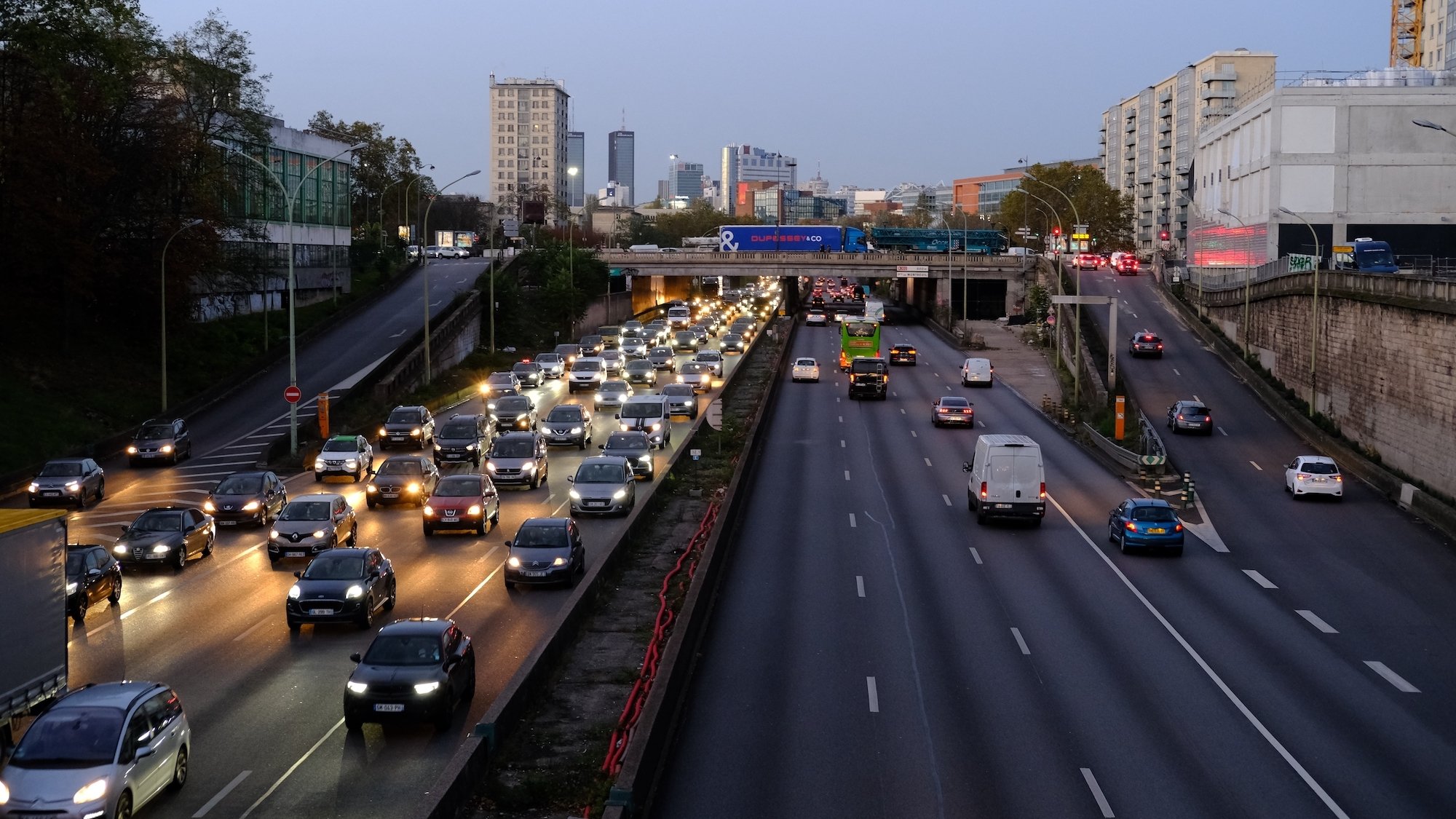It's an initiative that hasn't thrilled all the residents of the Île-de-France. On October 1st, the Paris ring road underwent a particularly drastic change: its speed limit was lowered by 20 km/h, going from 70 to 50 km/h. As part of the city's fourth climate plan, this measure, championed by Mayor Anne Hidalgo, aims to reduce pollution and alleviate traffic jams. While it hasn't convinced all the users of this route, every week, the City of Paris unveils its "Ring Road Bulletin", and so far, the results have been quite positive.
🇫🇷🚗 FLASH | Anne Hidalgo veut abaisser la vitesse sur le périphérique parisien à 50 km/h "courant octobre" et réserver une voie du périphérique au covoiturage, aux taxis et aux transports en commun. "J'irai jusqu'au bout" assure-t-elle. pic.twitter.com/kGxoY5WLXE
— Cerfia (@CerfiaFR) September 1, 2024
A reduction in speed, traffic jams, and accidents
In total, 750 sensors have been placed along the roads to measure the impact of this speed limitation. The indicators being taken into account are: noise, air quality, traffic, and accident data. First victory: during the week of October 7 to 11, traffic jams were reduced by 4%. From October 21 to 25, they decreased by 37%. Accidents also dropped by 51% at the beginning of October. When the speed was lowered from 80 to 70 km/h, a similar observation was noted, with accidents decreasing by 15.5% between 2013 and 2014. With a reduction of 20 km/h, we can hope for a significant drop in accidents on the périphérique.
te;lique parisien continues to decrease. The sensors have also noted that the average speed has dropped during the night, settling between 50 and 52 km/h from October 7 to October 31.
Less noise and fine particles
Respecting the speed limit and the decrease in the number of accidents are not the only benefits of this 50 km/h speed limit. The noise has also been reduced. While from October 7 to 11, there was only a decrease of 1.1 dB(A), between October 21 and 31, a reduction of 5.9 dB(A) was observed. On the pollution side, the positive effects are taking a little longer to be felt. According to the report, the concentration of nitrogen dioxide has not yet changed compared to 2023. However, the level of fine particles has decreased by 10 µg/m3, now reaching 15 µg/m3.With just a few weeks' worth of perspective, the first conclusions are looking particularly positive. Let's meet next year for a complete initial assessment.
Le 1er octobre, nous passerons le périphérique à 50kl/h.
— David Belliard (@David_Belliard) September 9, 2024
Cette décision sera rendue effective par la Maire de Paris, comme nous l'avions annoncé ! Pour protéger la santé de celles et de ceux qui vivent à côté du periph', et pour véritablement transformer cette autoroute qui… pic.twitter.com/zkzO0TDtCq
